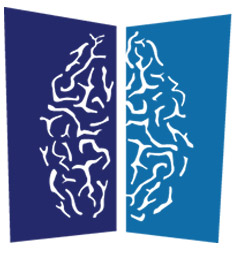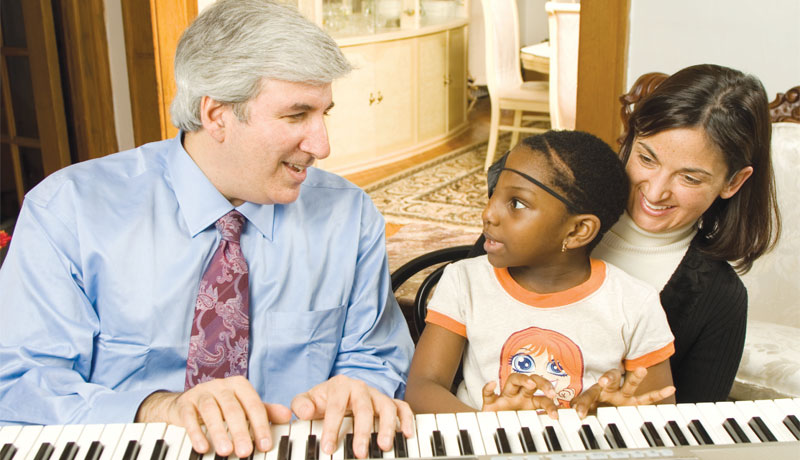The Super Bowl XLVIII has barely scraped the Seahawk-colored confetti off the turf when the discussion will turn again toward brain injuries in football.
While a Super Bowl commercial featuring a young ex-NFL player with ALS paid homage to the topic, the quest for a solution to the problem remains the critical issue.
A recent article in the New York Times discussed the liability feared by football helmet manufacturers, whose gear is meant to prevent skull fractures, not concussions. It points out the warning label on some of this equipment, which reads: “No helmet system can protect you from serious brain and/or neck injuries, including paralysis or death. To avoid these risks, do not engage in the sport of football.”
However, while a study published in the Journal of Neurosurgery at the end of January did not promise that a helmet could ever prevent all concussions, it did provide some hope.
The study suggested that certain helmets could reduce the risk of concussion by more than 50 percent. The results were based on an evaluation of more than 1.2 million head impacts by more than 1,800 players on eight college football teams over six seasons.
According to Steve Rowson, the lead author of the study and an assistant professor at Virginia Tech, which has created a helmet rating system, the study was the first to compare players based on the number of times they were hit and the helmets they wore.
In this study, the researchers compared the Revolution helmet made by Riddell, the country’s largest helmet manufacturer, with the VSR4 helmet, which is also made by Riddell. The results showed that players who wore the Revolution were 54 percent less at risk for getting a concussion.
“The point we tried to make is that these two helmets can reduce the risk of concussion,” said Stefan Duma, a co-author of the study. “It all depends on the way you build the shell, the type of padding you use and other factors.”
At ANA, it is our mission to educate both the athletic community and the public on the nature of brain injury, such as sports concussions. According to the University of Pittsburgh’s Brain Trauma Research Center, more than 300,000 sports-related concussions occur annually in the United States, and the likelihood of suffering a concussion while playing a contact sport is estimated to be as high as 19 percent per year of play.
More than 62,000 concussions are sustained each year in high school contact sports, and among college football players, 34 percent have had one concussion and 20 percent have endured multiple concussions.

ANA is a team of expert neurosurgeons and medical professionals, who combine their decades of knowledge to provide information, events, and articles on a range of neurological conditions.



